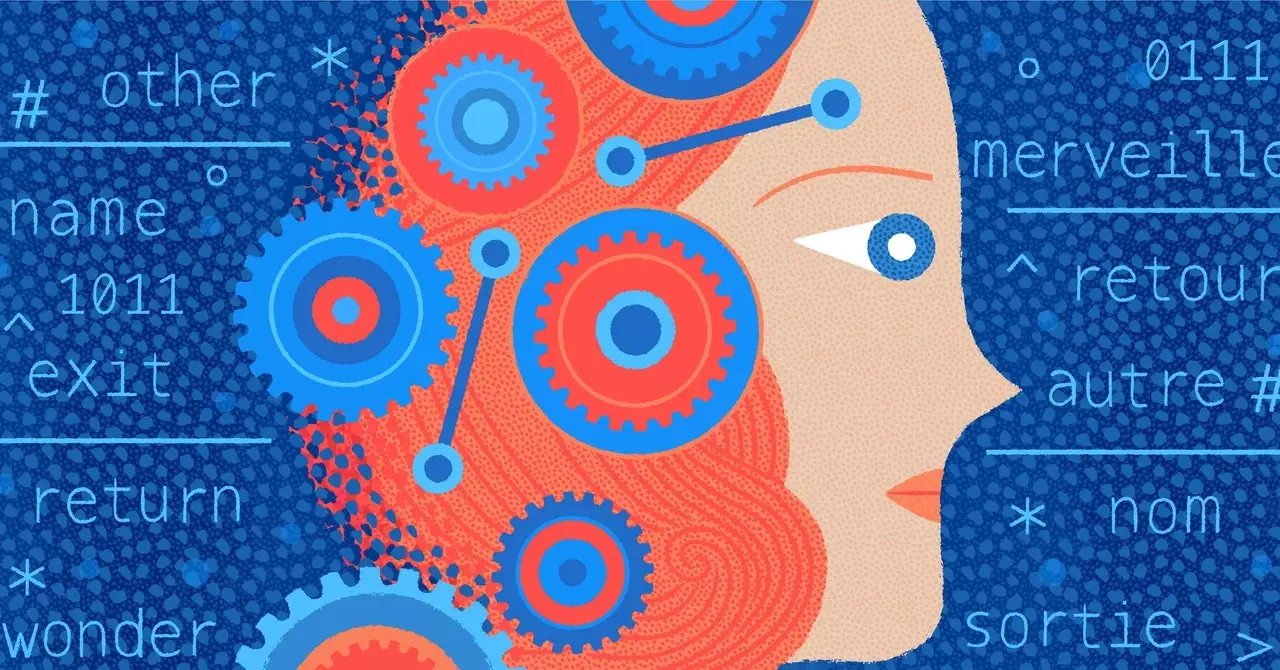In the movie Oppenheimer, Niels Bohr presents the physicist with a thought-provoking analogy – algebra is like sheet music. The crucial question is not whether you can read music, but rather can you hear it? Can you hear the music, Robert? Oppenheimer’s response is intriguing – he admits that he can’t hear the algebra, but he can feel the machine. This concept of feeling the machine, of experiencing the inner workings of a computational process even before physically interacting with it, is a fascinating perspective to explore.
Oppenheimer describes how he anticipated the arrival of his first computer in the 1970s, imagining its functionality and even writing programs on paper to sense the machine processing each step. This visceral connection to the computational process, the sensation of the machine humming along, updating variables, looping, branching, and searching until it reaches a solution, highlights a unique way of understanding technology.
Computational Perspective
This profound connection to the machine extends beyond physical devices and permeates everyday experiences. Consider mailing a letter through the postal service – a seemingly mundane task. Yet, when viewed through a computational lens, it becomes a series of operations that move the letter from sender to recipient, akin to data transmission over the internet. The act of sending a letter becomes a computational process, illustrating how computation underpins various aspects of life.
Adopting this computational perspective allows for a deeper understanding of complex concepts, including randomness. While randomness may appear elusive, it can be dissected into intricate computational processes that generate seemingly unpredictable outcomes. Whether it’s a coin flip, shuffling a deck of cards, or generating random numbers on a computer, each scenario involves a complex interplay of variables that determine the final result. This perspective challenges the notion of true randomness, showcasing the underlying computational nature of seemingly chaotic events.
Seeing the World Differently
Embracing the computational mind shifts how we perceive the world around us. Just as Oppenheimer felt the machine’s presence before interacting with it physically, viewing reality through a computational lens unveils intricate processes at play in everyday occurrences. From understanding the journey of a letter through the postal system to unraveling the complexities of randomness, a computational perspective offers a unique vantage point.
In essence, the computational mind allows us to hear the music when others only see dancers. It enables us to delve beyond the surface, uncovering the subtle rhythms of computation that orchestrate the world’s symphony. By embracing this perspective, we can appreciate the harmonious interplay of variables and processes that underpin our existence, transforming the mundane into the extraordinary.


Leave a Reply